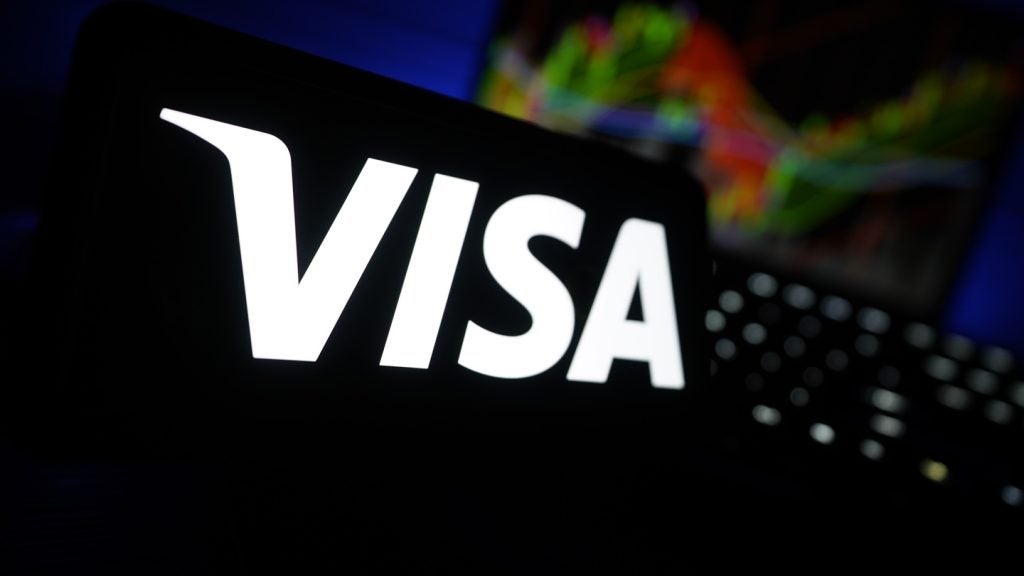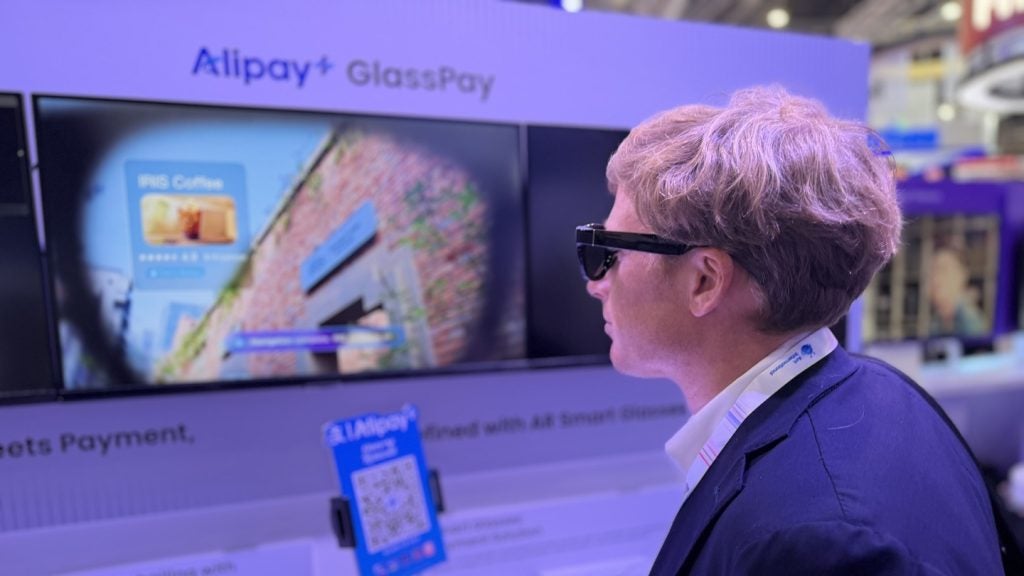Its cards and payments market is well developed, use of cash is the lowest in the OECD, and banking penetration is high; what opportunities remain in the traditionally debt-conscious New Zealand? Alternative payments and mobile wallets look to be the most likely new destinations
New Zealand’s cards and payments industry is well developed, and the country’s consumers are prolific users of payment cards.

Access deeper industry intelligence
Experience unmatched clarity with a single platform that combines unique data, AI, and human expertise.
The country recorded the highest frequency of use among its Asia-Pacific peers, with 116.2 transactions per card per year in 2015. New Zealand was followed by Australia (109.6), South Korea (63.3), Singapore (40.9), Hong Kong (28.0), Japan (13.4) and Taiwan (12.6).
New Zealand has the lowest level of cash use among the Organisation for Economic Co-operation and Development (OECD) countries.
According to a survey by MasterCard in February 2016, 49% of survey participants expect cash payments to cease in the next 10 years. The country leads other OCED countries in terms of cashless payments, with four of every five payments made electronically.
Banks and payment companies are taking regular initiatives to improve financial literacy in New Zealand. Initiatives like these led to high banking penetration, driving demand for banking products such as current accounts and debit cards.
The share of New Zealanders aged 15 or above with a bank account reached 99.5% in 2014, according to the World Bank’s Global Findex survey.

US Tariffs are shifting - will you react or anticipate?
Don’t let policy changes catch you off guard. Stay proactive with real-time data and expert analysis.
By GlobalData
Underpenetrated pay later market
Consumers in New Zealand have traditionally been debt-conscious. They prefer to pay with available funds rather than on credit, and are therefore more inclined to use debit cards than pay later cards.
In terms of transaction value, debit cards accounted for 61.9% of the overall payment card market in 2015. Debit card penetration in New Zealand is 238.3 cards per 100 individuals, higher than peers including Singapore (206.3), Australia (178.7) and Hong Kong (77.4).
In contrast, pay later card penetration remains low, at 57.1 cards per 100 individuals, the lowest in the region. To increase consumer uptake of pay later cards, banks offer various benefits such as balance transfer services and lower interest rates on card transactions.
For instance, Bank of New Zealand (BNZ) offers the Low Rate MasterCard, providing an interest-free balance transfer service for 12 months, and a standard purchase interest rate after 12 months.
Similarly, the Low Rate MasterCard offered by ANZ Bank charges an annual interest rate of 13.90% on purchases, 22.95% on cash advances and 1.99% on balance transfers.
Non-banking companies are pushing for share in New Zealand’s pay later card market. For instance, financial service provider Gem offers credit cards, personal loans, insurance and interest-free and promotional retail finance to consumers.
The company offers a number of pricing benefits such as low interest rates and reward programmes.
Gem Visa cardholders are offered 0% interest for the first six months on transactions above $250 (NZD357.40).

Focus on innovation to stay afloat
With the growing importance of self-service channels, banks in New Zealand are introducing new digital solutions to attract customers and remain competitive.
Westpac launched the Westpac One digital banking platform in February 2015, which can be used on smartphones, tablets and desktops to apply for everyday banking products such as accounts, term deposits, home and personal loans, and credit cards.
The launch led to a 7% annual increase in the number of digital consumers, which reached 705,000 in September 2015. The bank also reported that more than half of its customers used digital channels, and 67% used mobile phones to connect with it in 2015.
ANZ Bank updated its FastPay mobile banking app in October 2015. FastPay was initially launched in October 2013, and allows business customers to process payments made through Visa, MasterCard and Eftpos using smartphones or tablets.
With ANZ FastPay, users can have more than one card reader, smartphone or tablet linked to a single business account.
Increasing adoption of contactless
Quick payments using contactless cards have grown in popularity among both consumers and retailers in New Zealand, with the number of retail outlets accepting contactless payments rising. ANZ, Westpac, ASB, BNZ and Kiwi Bank all offer cards with contactless functionality.
According to a survey by MasterCard, the number of consumers using contactless payments in New Zealand rose by more than 20% in 2015 compared to the previous year.
The survey also suggests that two-thirds of consumers regularly make contactless payments, mainly at supermarkets, retail stores and coffee outlets.

Rise in e-commerce
E-commerce grew from $2.3bn in 2011 to $3.3bn in 2015, at a CAGR of 9.63%. Widespread digital access in the form of growing internet and mobile penetration rates is a key driver for the growth of e-commerce in New Zealand.
E-commerce growth is also partly driven by the availability of e-commerce design and development websites, which help to develop e-commerce sites and email marketing, and provide support and training to online merchants.
To provide further growth opportunities to online businesses, the state-owned New Zealand Post Group offers assistance to domestic companies to develop e-commerce operations and build customer bases by offering a range of services such as demand generation, supply chain management and after-sales services.
New Zealanders prefer traditional methods such as payment cards and credit transfers to pay for online purchases.
However, emerging payments such as digital and mobile wallets, and voucher-based payments are also increasingly being used for e-commerce transactions. goMoney Wallet by ANZ and Visa Checkout are among the latest alternative payments introduced in the country.







